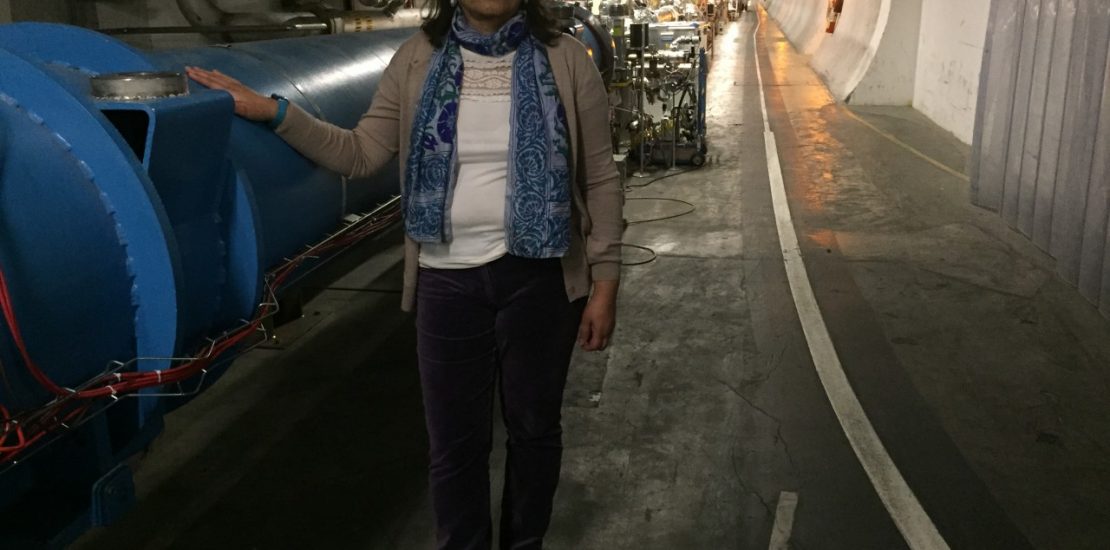- 26/02/2016
- Posted by: Valerie Vaz MP
- Category: News

The Science & Technology Committee visited the Large Hadron Collider at the research facility in Cern.
Cern, the European Organization for Nuclear Research, was founded for scientific research, innovation and education in 1954. Their driving belief is in ‘Science for Peace’. 21 member European states now fund Cern and work together in Geneva pushing the frontiers of knowledge. Their research focuses on the basic constituents of matter, and the identification of fundamental particles. It is one of the world’s largest and most respected centres for scientific research and is based near Geneva, where it spans the border between Switzerland and France.
The instruments used at Cern are highly complex, and consist of particle accelerators and detectors. The Large Hadron Collider (LHC) comprises underground laboratories along a 27 kilometre ring-shaped tunnel, and is the largest particle accelerator in the world. Beams of particles are collided, and about 1 billion proton collisions take place every second. These are observed and results are recorded on some of the most powerful computing systems in the world. The laboratories at Cern are called Atlas, Alice, and Alpha, where the fundamental physics of the Universe are tested, and CMS, where experiment results are detected. 2,300 staff work at Cern and there are more than 12,500 scientific users. The research findings have numerous practical applications, including in healthcare, such as Proton Beam Therapy and PET scanners.
Straight after touchdown at Geneva airport the committee were taken to the LHC at Point 8. A sign on the wall told us we were under the village of Ferney. The picture shows the tunnel 100m underground. Paul Collier, who goes by the wonderful title of Head of Beams, explained how the 2 beams of protons with the aid of magnets were bent and collided.


At dinner, I met and spoke to Prof. David Evens from Birmingham University, and Dr Rob Evans, who grew up in Walsall, and studied at Stafford University. Bob worked with Tim Berners-Lee, the creator of the World Wide Web, and was celebrated at the 2012 London Olympics. He gave the World Wide Web to everyone. Bob’s father still lives in Walsall South.
The next day we saw the Atlas Detector, which is one of four points on the circuit. It was here that the Higgs Boson was detected. The antiproton decelerator releases the protons which are then used in the beams in the LHC. There was a large room packed with the computer equipment that picks up the signals from the collisions and picks out the events.


Dr Glyn Kirby, who works in the Technology Department, showed us the superconducters’ wires that are used. British firms contribute by providing the technology and make the parts for the LHC.
At the roundtable, we heard about the shortage of British engineers, and the challenges post docs face in accessing grants for research. It was good to see so many British scientists who have links with British Universities. Prof Sir Tejinder Virdee, who was involved with the discovery of the Higgs Boson whilst based at Cern, teaches at Imperial College, London.


